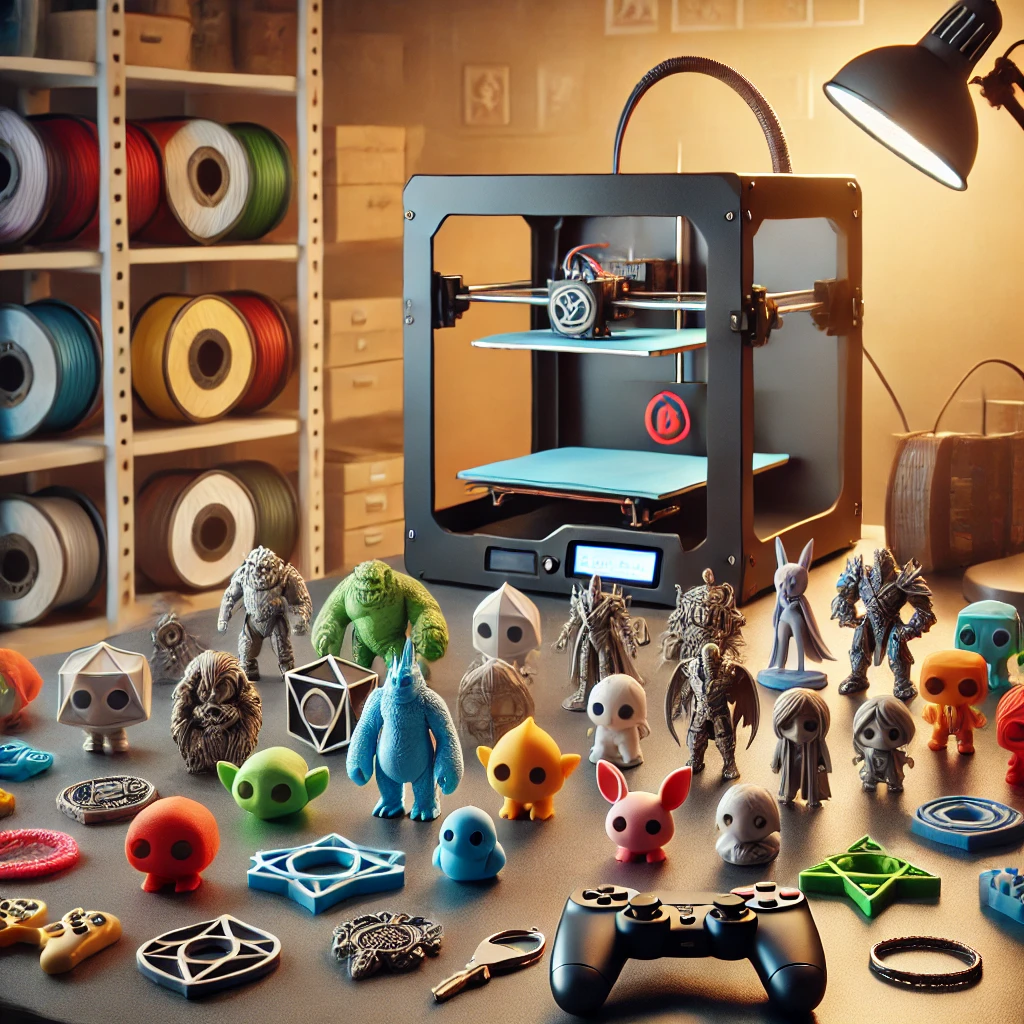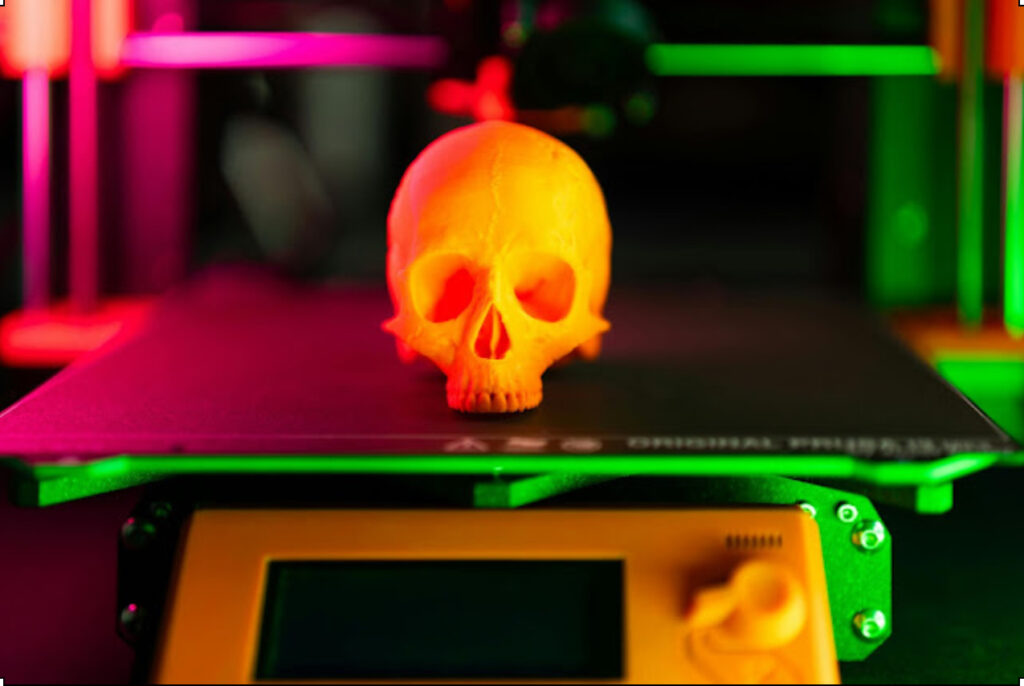How to Train ChatGPT with Your Own Data: Step‑by‑Step Guide for Creators and Businesses

Train ChatGPT using your own data is the smartest way to turn generic AI into a knowledgeable assistant tailored to your blog, course, or company. You can feed it documents, FAQs, transcripts, or any content you own. This practical guide walks you through each step—from data preparation to deployment—without coding jargon or unnecessary complexity.
Read more: How to Train ChatGPT with Your Own Data: Step‑by‑Step Guide for Creators and BusinessesStep 1: Define Why and How You Want to Train ChatGPT
Train ChatGPT effectively begins with clarity. Ask: What should my AI assistant do? Help answer customer questions? Guide my course syllabus? Summarize blog posts? Deciding this shapes what data to collect and how to format it.
Creators and businesses differ in needs, but both benefit from clear goals: consistency in tone, accuracy in responses, and usefulness for your audience or users.
What’s a good use case for training?
Examples: a creator feeding blog post archives so GPT can answer content questions; an educator uploading lecture notes as context; a brand using customer Q&A logs to build support knowledge.
Step 2: Gather and Prepare Your Training Data
Train ChatGPT starts with high‑quality data. Good sources include blog articles, transcripts, manuals, FAQs, CSVs with questions and answers, or client emails. Clean and refine—remove duplicates, format inconsistently labeled data, and ensure clarity.
OpenAI recommends JSONL format: one prompt‑completion pair per line. That lets the model map input to desired output directly.
How to structure JSONL for training?
Example line:{"prompt":"User: What is your refund policy?","completion":"Our refund policy is…"}
Each line must be valid JSON, with prompts and correct completions clearly assigned.
Step 3: Fine‑Tune the Model with OpenAI API
Train ChatGPT using fine-tuning is powerful. Upload your JSONL file via the OpenAI API—using openai.File.create—then initiate the fine-tuning round via openai.FineTune.create, specifying your base model.
Monitor logs, validate results, and test extensively once complete. Adjust hyperparameters and data if accuracy or behavior isn’t as expected.
Citation: step-by-step guidance available via OpenAI resources.
When is fine‑tuning better than custom GPTs?
Fine-tuning embeds knowledge in the model’s parameters. It’s ideal for consistent behavior. Custom GPTs (via ChatGPT builder) work too—but they rely on retrieval and instructions rather than internal model change.
Step 4: Or Use ChatGPT Custom GPTs or RAG for Lightweight Training
Train ChatGPT doesn’t always require full fine-tuning. OpenAI’s Custom GPT builder lets you upload files and instructions to quickly create chatbot agents. RAG (Retrieval‑Augmented Generation) goes further by fetching documents from a vector database when answering.
For businesses or creators needing fast deployment, these methods are practical and require no coding.
What are limitations of Custom GPTs?
They’re user-friendly but limited: no code embedding, exposure of shared training data link, and require ChatGPT Plus subscription. Fine-tuning still offers more customization and data privacy.
Step 5: Test, Validate, and Iterate
Train ChatGPT properly demands validation. Ask it questions only answerable from your training data. If hallucinations occur or answers are vague, refine prompts or dataset. Use feedback loops like RLHF or CriticGPT where possible.
Evaluate with metrics like factual accuracy, tone consistency, and satisfaction from testers or users.
| Approach | Pros | Cons |
|---|---|---|
| Fine-tuning via API | Deep embedding, consistent behavior | Requires larger dataset + costs |
| Custom GPTs | No code, fast setup | Limited privacy, branding |
| RAG with vector DB | Updatable, low cost | Requires retrieval infra |
Use Cases: Who Benefits from Training ChatGPT?
Train ChatGPT is relevant for:
- Bloggers/creators teaching via articles
- Online course creators with structured materials
- Businesses needing AI support agents grounded in internal policies
- Educators creating assistants tailored to their syllabus
Each case uses the same steps but tailored data and goals.
Why creators love custom assistants?
Because they can build training data from existing content—blog posts, FAQs—and launch a branded assistant that can answer niche questions confidently.
Ethical & Practical Considerations
Train ChatGPT responsibly: ensure data is clean, anonymized if necessary, and do not include sensitive information. Avoid overfitting by regularizing and reviewing outputs.
OpenAI notes that alignment and responsible use (RLHF) remains vital to prevent bias or incorrect advice.
Conclusion: Build Smarter AI That Speaks Your Voice
Train ChatGPT with your own data is a practical way to craft assistants that reflect your brand, knowledge, or teaching style. Whether via fine-tuning, Custom GPTs, or RAG, each method allows scale and personalization.
🎯 Ready to go deeper? Download our free PDF “AI Training Toolkit for Creators” or explore these TechInNess articles:
- 10 Types of Prompts Every Content Creator Should Master
- AI in Education: Create Interactive Lessons Using GPT Prompts
📩 Subscribe to our newsletter for weekly insights on AI tooling and custom training tips.
Frequently Asked Questions
- What does it mean to “Train ChatGPT”? Embedding custom data into the model so it responds accurately to your specific content.
- Can I use fine-tuning on free ChatGPT? No. Fine-tuning uses the OpenAI API; ChatGPT free/Plus supports only Custom GPT uploads.
- Is coding required? No—Custom GPTs or RAG platforms require minimal or no code. API fine-tuning needs scripting (Python or JS).
- How much data is needed? For fine-tuning, at least hundreds of quality prompt‑completion pairs; for Custom GPTs even a few well‑curated files may work.
- Is training data private? With fine-tuning, yes. Custom GPT data may be shared unless restricted; always review privacy options.
Sources
- How to Fine‑Tune ChatGPT for Your Use Case (Raga.ai guide)
- OpenAI Community – Creating & Fine‑Tuning Your Own GPT Model
- AI for Work – Using GPT for Training AI with Custom Data
- Wall Street Journal – From RAGs to Vectors: Businesses Customizing AI Models
- TechRadar – Key Things to Know When Learning How to Train LLMs



